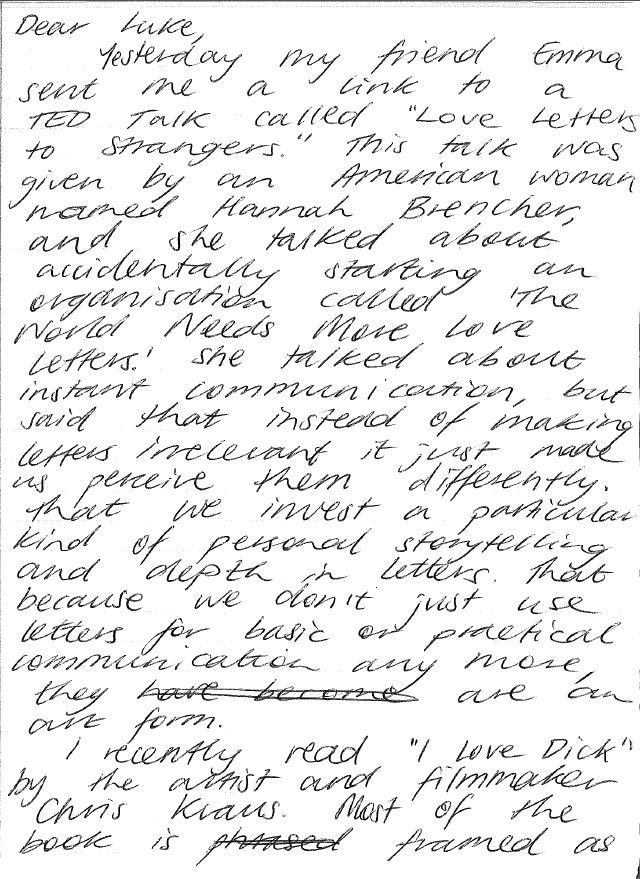The case for ‘what’s plausible isn’t always best’
Some of the best writing advice I’ve ever received was permission to do the outrageous. My mentor, playwright Ross Mueller, told me about a scene in a play he was writing – a man comes home with a tattoo and his mum is not impressed. A plausible course of events might be that she tells him off, or they have a fight, or she kicks him out, or they don’t speak to each other. Ross thought ‘what if she tried to cut it off’ and instead of censoring that as too far or implausible, wrote about this woman coming at her son with a knife. This really raises the stakes and takes us to a place of heightened naturalism, or what Ross calls ‘amplification’. This is brilliant advice, because it encourages you to banish the censor, push the boundaries and hopefully create something that’s fresh and engaging rather than merely ‘plausible’. Sometimes, I think there can be a bit of a tendency toward a plausibility complex, especially if we are trying to write naturalistically for a broad audience.
For example, yesterday afternoon, I was at the beach and suddenly worried that someone would break into our car. I started daydreaming a story sparked by this feeling, about a car thief trying to open a door with a coat-hanger and brazenly replying when someone asked what they were doing that they’d locked their keys inside. I then thought ‘wouldn’t it be funny if the person asking owned the car’. Then they get chatting, the owner is overwhelmed by the would-be thief’s charm blah blah blah rom-com ensues. What interests me about this is my mind’s insistence that the thief was male and the owner female. I reversed the roles and my brain went ‘that’s not plausible’. I checked myself. Why not? There are surely charming and brazen female car thieves in the world. Perhaps both protagonists in my rom-rom were women. Of course, these are the questions you work out in character development and as you plan the narrative arc and flesh out the story. Still, I was surprised by my brain’s instinctive default to the bad-boy meets good-girl archetype. There are many alternative trajectories, and even those I have mentioned could be believable to an audience, and potentially more engaging. Underneath this though is the strange impulse to contain imagination or cut potential storylines in order to satisfy ‘plausibility’. So lets interrogate what it means for a text or an idea to be ‘plausible.
plau·si·ble
/ˈplôzəbəl/
Adjective
(of an argument or statement) Seeming reasonable or probable.
‘Reasonable’ and ‘probable’ are most often used in the context of absolutes – in the realm of ‘truth’ as determined by ‘reason’. I’ll spare the long philosophical tract, but in short ‘truth’ is often seen as absolute/fact/objective, especially when reached through the process of reason. What we often forget to recognise is that ‘reason’ is itself a highly constructed process, informed by our own socio-political and cultural frameworks and history. These frameworks are heavily informed by exposure and experience, which becomes problematic when trying to apply the process of reason to something that you haven’t experienced, or that falls outside these frameworks of understanding. Not to say that we can’t imagine my rom-com with two female protagonists – of course we can – however, we question it’s ‘plausibility’ or validity because it doesn’t fit the mould of what we think a rom-com should be, i.e. what we have experienced it to be. By using the ‘plausibility’ test we have a tendency to fall into archetypes and repetition of what has already been said and done. We also deny the audience’s ability to suspend disbelief and be open to new archetypes. Perhaps what seems ‘plausible’ isn’t always best.
P.S. Upon reflection I am seriously impressed I typed all this on my teeny tiny iPhone keyboard. Gotta love smartphones.

















